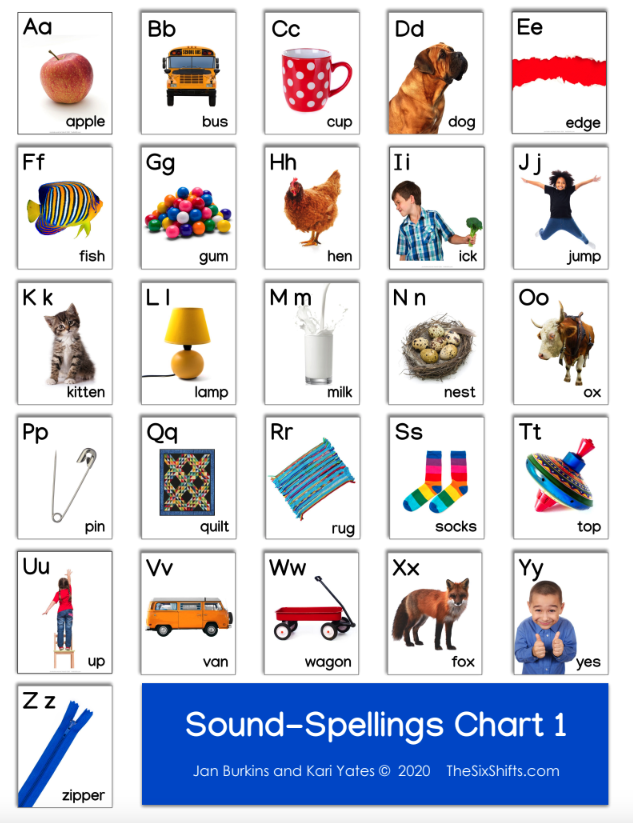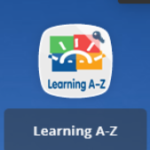Phonological awareness
Understanding and manipulating sounds within words.
- Say a familiar name, word, or compound word and clap each syllable.
- Play rhyme games. Make up silly rhymes with real and made-up words. Do these words rhyme? Ball, tall. What rhymes with (insert word)?
- Find items that begin with the same sound: bat, ball, balloon, etc. Focus on different letter sounds each time.
- Say a word such as bat. Have your child name the sounds they hear or tap their fingers for each sound in the word: /b/ /a/ /t/


